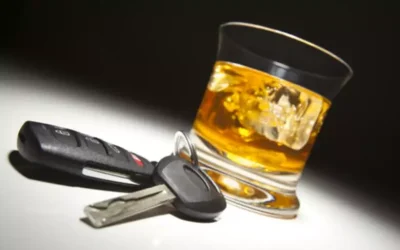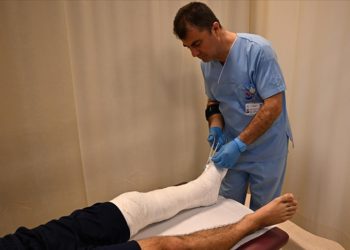Content
Looking for an effective way to teach students about substance abuse? This lesson plan uses an engaging and informative video lesson to provide a strong knowledge base while an activity puts students in charge of designing posters to educate others about substance abuse. It’s never too early to start instilling positive health habits in students. In grades K-4, students being to develop a sense of self and are able to identify with role models in their home lives, school environments and in the media. Students at this stage should learn how to distinguish between good and bad choices, and begin to formulate their own belief systems and attitudes.
Lisa has taught at all levels from kindergarten to college and has a master’s degree in human relations. 1.12 aa � Relate personal experiences to concepts,
patterns, and ideas. Adrianne has a master’s degree in cancer biology and has taught high school and college biology.
Drug Education Lesson Plan
Most people try to prevent bathtub injuries from occurring by adding a non-slip surface to the bottom of their bathtub. Determine the central ideas or information of a primary or secondary source; provide an accurate summary that makes clear the relationships among the key details and ideas. All our prize draw and competitions are subject to our terms and conditions. Please note that if you win we may have to share your personal data (name and contact details) with third-party suppliers of prizes.
Education programs are the most well known of the prevention techniques. Alcohol education programs are used to educate people about alcohol use before it occurs and the consequences of alcohol abuse. Many alcohol education programs target school-age children, such as DARE and Project ALERT. College students are also a target population for alcohol education programs, like AlcoholEdu, an online course that is required to be taken by freshman at many universities. Teaching your kids about what can cause the addiction and determining when family members struggle can help them better understand substance use disorders. Talk to your kids and share personal stories as openly and honestly as possible.
Online stress and FOMO lesson plan pack
The primary goal of OMFRC is to provide Alaska Native individuals and families with skills to help them live healthy and substance-free lives within their communities. The program strives to increase the percentage of Alaskan Natives committed to long-term sobriety, cultural pride, and traditional Athabascan values. Tribal elders from Minto play a consultative role in developing and implementing services at the camp site. The most important aspect of the role is to ensure that materials and strategies are culturally appropriate and relevant. Addiction recovery involves various levels of care including residential treatment and intensive outpatient. Loved ones of addicts are suffering just as much and may need assistance as well.

There is a direct correlation between tobacco use and the health of the person who is ingesting the chemical. Learn more about tobacco use, its relation to good or bad health, what tobacco is, and the health risks involved with using it. Having both PTSD and a drinking problem can make both problems https://ecosoberhouse.com/article/essential-tremor-alcohol/ worse. For this reason, alcohol use problems often must be part of the PTSD treatment. If you have PTSD, plus you have, or have had, a problem with alcohol, try to find a therapist who has experience treating both issues. The most common place for accidental injuries to occur is in the bathtub.
Mind Matters: The Body’s Response to Nicotine, Tobacco and Vaping
This website provides youth-focused resources and opportunities that inspire and empower young people to make a difference in their lives and in the world around them by improving their knowledge and leadership skills. benefits of living an alcohol and drug free lifestyle Alcohol is a legal thing that has been used throughout history as both a beverage and depressant drug. Use this guide in your high school classroom to help students think critically about alcohol use and abuse.

You may drink because using alcohol distracts you from your problems for a short time. You should know, though, that drinking makes it harder to concentrate, be productive, and enjoy your life. Alcohol abuse often results in alcoholism, a medical condition typically signified by a physical compulsion to drink. To deal with the issue of alcoholism in society, steps are taken to prevent alcoholism, treat alcoholism, and provide support for those who are in recovery. ����������� Children can be assessed on their
level of participation during the activity.
These activities will give your class ways to participate in Red Ribbon Week and learn about these issues. Your students will learn about drugs and why they should be drug free with these project ideas. Students will have the chance to make pamphlets, act out skits, complete research and diagrams, and give a presentation to other students. Alcoholism is a serious addiction that is caused by a number of factors. Explore the genetic and environmental influences of alcoholism and learn how they work together to determine an individual’s risk.
Regardless of the reason a person starts abusing prescription opiates, the possibility of eventually progressing to heroin use is very real. If you are in crisis or having thoughts of suicide,
visit VeteransCrisisLine.net for more resources. Working with your doctor on the best way to reduce or stop your drinking makes cutting back on alcohol easier. You may drink because you think using alcohol will help you avoid bad dreams or how scary they are.













